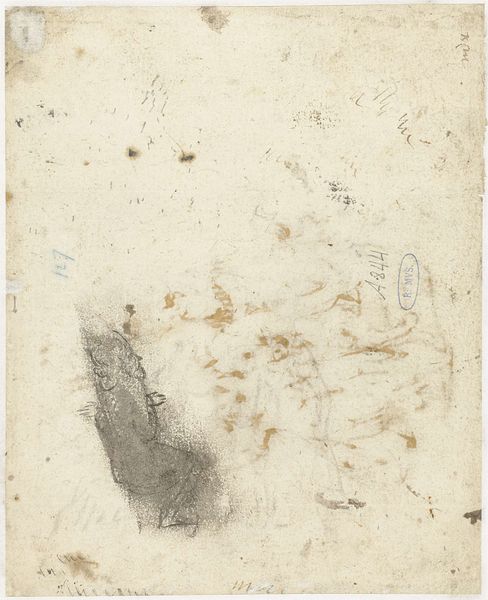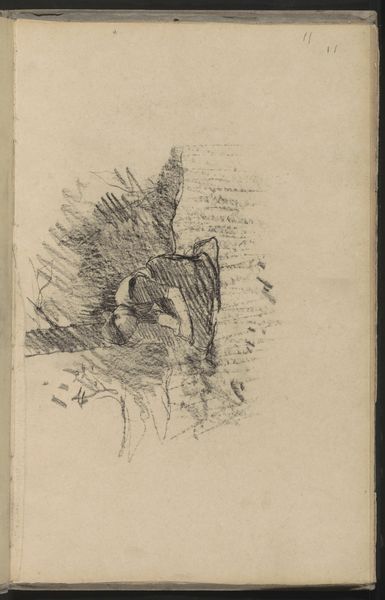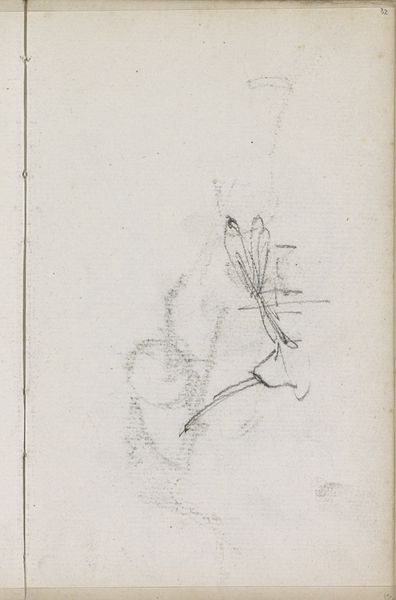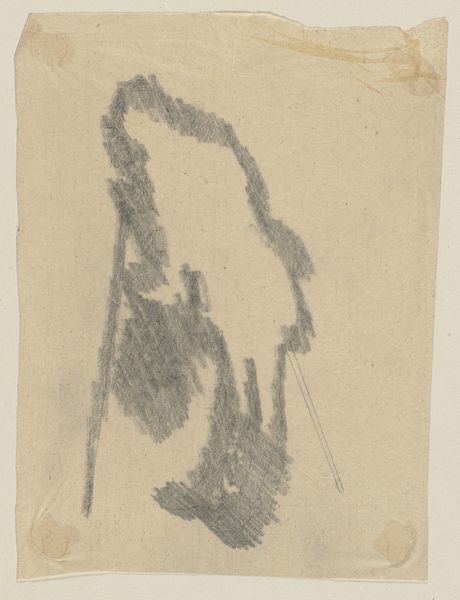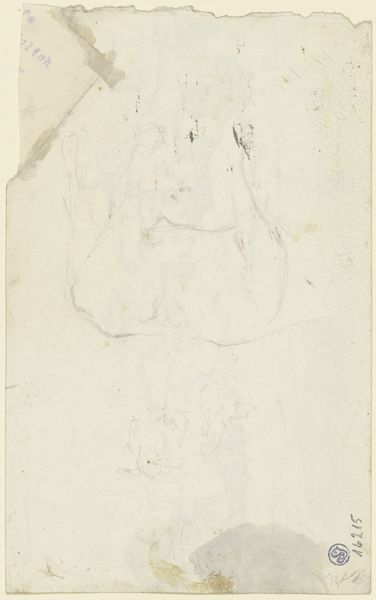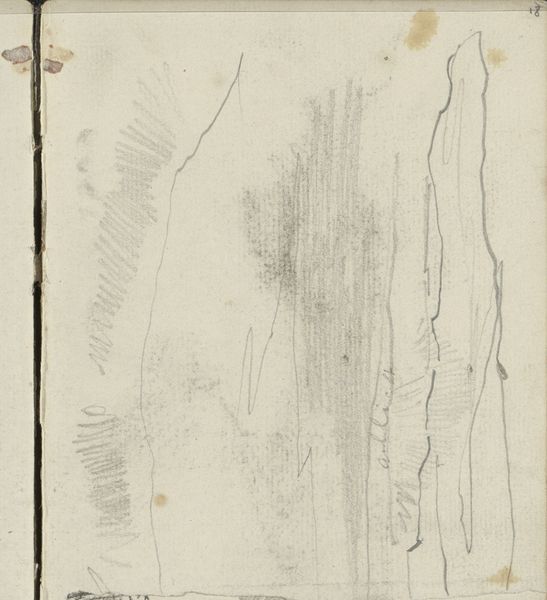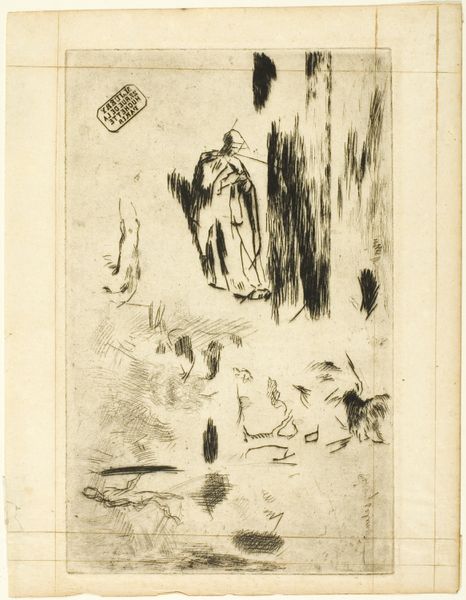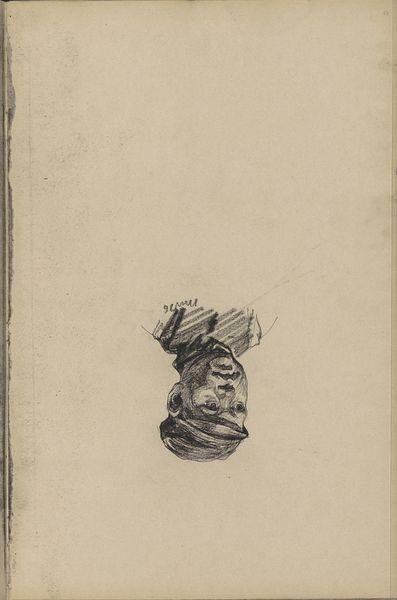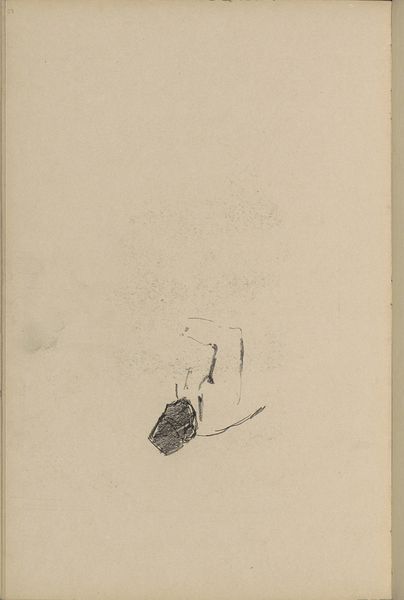
drawing, print
#
drawing
#
toned paper
#
light pencil work
# print
#
pencil sketch
#
human-figures
#
personal sketchbook
#
ink drawing experimentation
#
pen-ink sketch
#
human
#
sketchbook drawing
#
watercolour illustration
#
sketchbook art
#
watercolor
#
profile
Dimensions: sheet: 4 15/16 x 4 in. (12.5 x 10.1 cm)
Copyright: Public Domain
This is a proof from a block of sketches made by Jean-François Millet, who lived in 19th-century France. It's rendered with ink on paper, a relatively accessible material, but the printing process is key. Millet would have carved his designs into a block, likely wood, a labor-intensive process demanding both physical effort and specialized skill. Look closely, and you’ll see two distinct images: the head of a man wearing a hat, and a view of a rustic house. The grainy texture comes from the way the ink interacts with the paper and the carved block, revealing the directness and physicality of the printing process. Printing allowed for the wide distribution of images, and was often linked to the rise of industrial production and consumer culture. Yet here, Millet uses the medium for personal expression, making it a tool for sketching and experimentation rather than mass production. Thinking about its materials and making helps us understand the social and cultural meaning of the print, reminding us that even within fine art, the hand of the artist and the history of craft are always present.
Comments
No comments
Be the first to comment and join the conversation on the ultimate creative platform.

